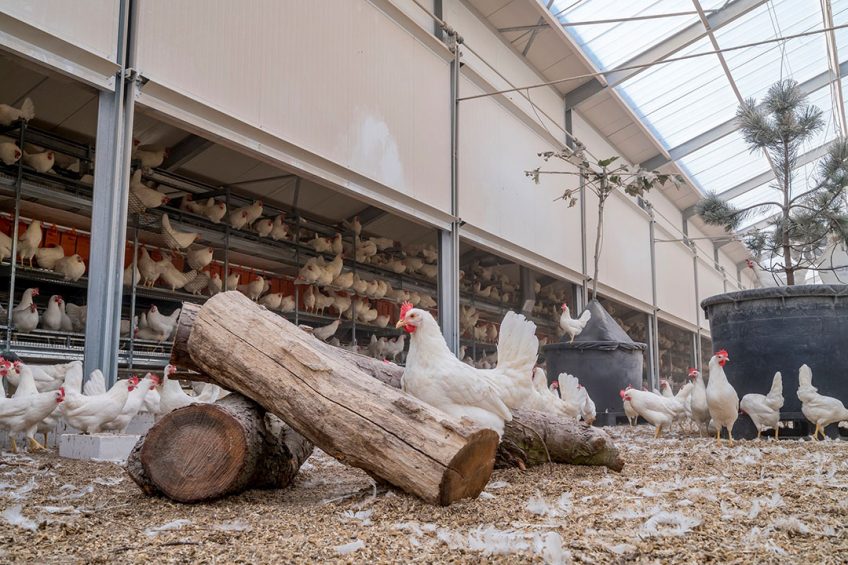3 carbon calculators for layers reviewed

Cutting carbon across the poultry sector is becoming increasingly important and there are now estimated to be 64 carbon calculators on the market.
3 of the most commonly used and applicable calculators:
- AgRE Calc,
- Cool Farm Tool and
- Farm Carbon Calculator
These came under scrutiny by the vice-chair of the UK’S National Farmers’ Union poultry board Phill Crawley and the union’s poultry adviser Aimee Mahony. The trial focused on a laying hen’s perspective with the key aim to look at the functionality of the calculators and their ease of use for poultry producers.
Profile Phil CrawleyPhil Crawley is joint managing director of Sunrise Eggs and runs the business with his brother, Ady. Sunrise Eggs is a 2nd-generation family farming business that is celebrating its 50th year. The firm currently packs approximately 4 million eggs a week, supplying all sectors of the market, including major retailers, food service and local shops. |
Poultry producers looking to use carbon calculators need to have a mass of data to hand. This includes:
- total fuel and electricity use,
- number of birds,
- how manure is handles,
- waste,
- woodland area,
- mortality rate,
- duration of lay,
- purchased bedding (type and amount),
- water use,
- feed components and
- transport from farm to point of sale.
 The Farm Carbon Calculator
The Farm Carbon Calculator
Free to use with an unlimited amount of footprints, and provides a carbon balance looking at emissions and sequestration. Crawley and Mahony said the live results worked well and the final results were easy to interpret with bar charts and pie charts providing good visuals of the carbon balance. They found some of the terminology tricky such as “annual yield in tonnes” rather than egg numbers and the fact that for agricultural buildings the only options is a 60ft x 30ft barn, which is not universally applicable to poultry units. It would have been helpful if users could have selected the type of system (ie multi-tier or flat deck) and the number of birds (eg, 16,000, 32,000 or 64,000) in order for the standard sizes for poultry users to input bespoke sized housing. One of the main disadvantages, they said, was that poultry feed was not adequately covered in the calculator.
 AgRE Calc
AgRE Calc
Developed by SAC Consulting, and endorsed by the Scottish Government. The tool takes productivity indicators into account such as mortality rates and flock cycle. The pair found some confusion over wording – it’s not clear whether the calculator includes mortality and there was a functionality error in the livestock weight section with auto filling boxes. Livestock weight is not as relevant for layers compared to broilers. Overall, they found the tool was not as user friendly as others but it covered the requirements for poultry well. To improve, the feed section needs to be updated with measures such as average grams of food per bird per day as well as protein and energy content of feed.
 Cool Farm Tool
Cool Farm Tool
Provides product foot printing only, making calculations for mixed farming enterprises difficult. It is initially free for farmers with 5 product footprints available before a fee is required. The pair found it user friendly and easy to interpret, and inputting the data was simple. The feed section of the calculator worked well for layers. The main disadvantage was that sequestration is not taken into account in a livestock footprint.
Writing on the NFU website, Mr Crawley said: “None of the calculators work well for laying hen enterprises as they stand. All of them could be made to work for poultry but I feel that AgRE Calc probably has the most potential.”














